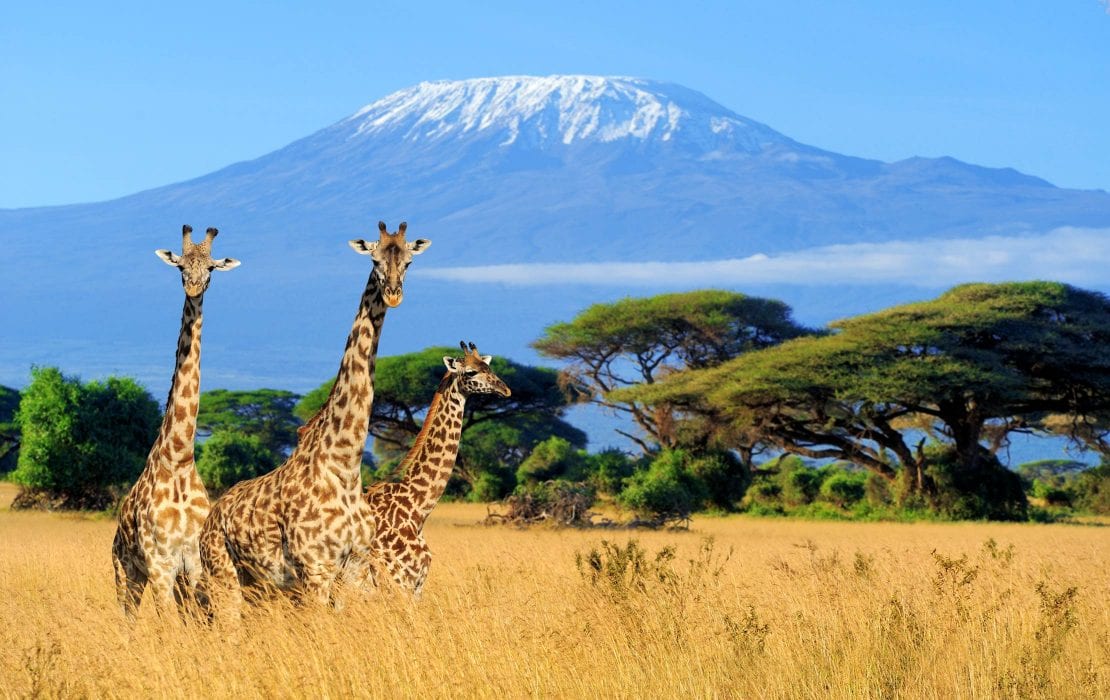Mount Kilimanjaro

Mount Kilimanjaro, often referred to as the "Roof of Africa," is the highest peak on the continent and one of the most iconic and sought-after trekking destinations in the world. Located in northeastern Tanzania, near the border with Kenya, Kilimanjaro is an inactive stratovolcano that soars majestically to an elevation of 5,895 meters (19,341 feet) above sea level. Climbing Kilimanjaro offers a thrilling and challenging adventure, attracting thousands of trekkers each year to conquer its snowy summit and witness breathtaking views from the top.
THINGS TO KNOW ABOUT MOUNT KILIMANJARO
Multiple Climbing Routes
Kilimanjaro offers several trekking routes to the summit, each varying in difficulty and scenery. The most popular routes include the Marangu (Coca-Cola) Route, Machame Route, Lemosho Route, Rongai Route, and the Umbwe Route. The choice of route depends on trekking experience, fitness level, and personal preferences.
Uhuru Peak
The highest point on Mount Kilimanjaro is Uhuru Peak, located on the volcanic rim of Kibo, one of the mountain's three volcanic cones. Reaching Uhuru Peak marks a significant achievement for trekkers, offering stunning panoramic views of the surrounding landscapes.
Climate Zones
Kilimanjaro's ascent takes trekkers through various climate zones, each characterized by different flora and fauna. The journey starts in lush rainforests, followed by heath and moorland, alpine desert, and finally, the arctic zone at higher elevations where snow and ice dominate.
Altitude Challenges
Climbing Kilimanjaro is a challenging endeavor due to the altitude. Altitude sickness is a potential concern, and trekkers must acclimatize properly to increase their chances of a successful summit. Slow and steady ascent, staying hydrated, and listening to the guidance of experienced guides are essential for a safe climb.
Guides and Porters
All treks to Kilimanjaro must be accompanied by certified guides, who play a crucial role in ensuring the safety and success of the climb. Porters carry the majority of the gear and equipment, leaving trekkers to focus on their ascent.
Best Time to Climb
The best time to climb Kilimanjaro is during the dry seasons, which are January to March and June to October. These months generally offer clearer skies and lower chances of rain, making the trekking conditions more favorable.
Physical Fitness
Climbing Kilimanjaro requires a reasonable level of physical fitness. Training and preparation for the trek are crucial to increase endurance and reduce the risk of altitude-related issues.
Cultural Experience
During the trek, trekkers often have the chance to interact with the local Chagga and Maasai communities, gaining insights into their culture and way of life.
Climbing Mount Kilimanjaro is a thrilling and life-changing adventure, challenging trekkers both physically and mentally. The sense of accomplishment upon reaching the "Roof of Africa" and witnessing the sunrise over vast African plains from the summit is an experience that lingers in the hearts of those who undertake this incredible journey.
Ready to start your safari adventure in Tanzania? Don't miss your check out this safari planner
